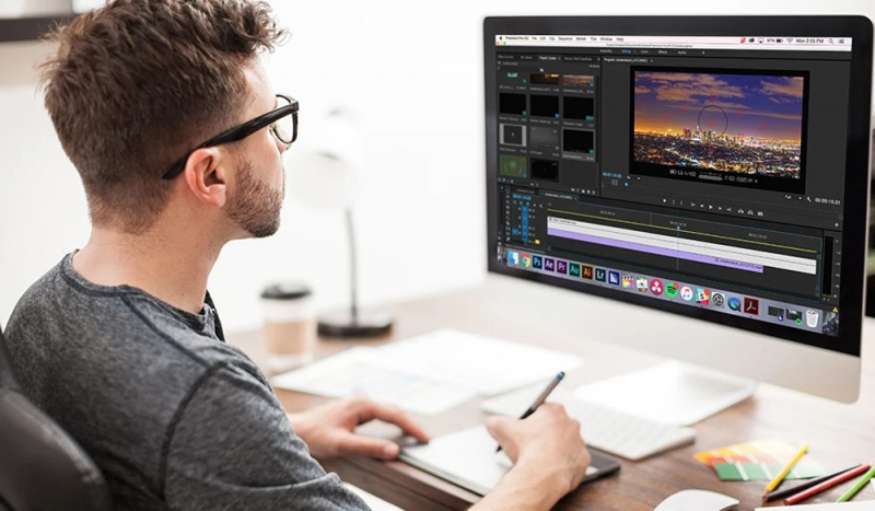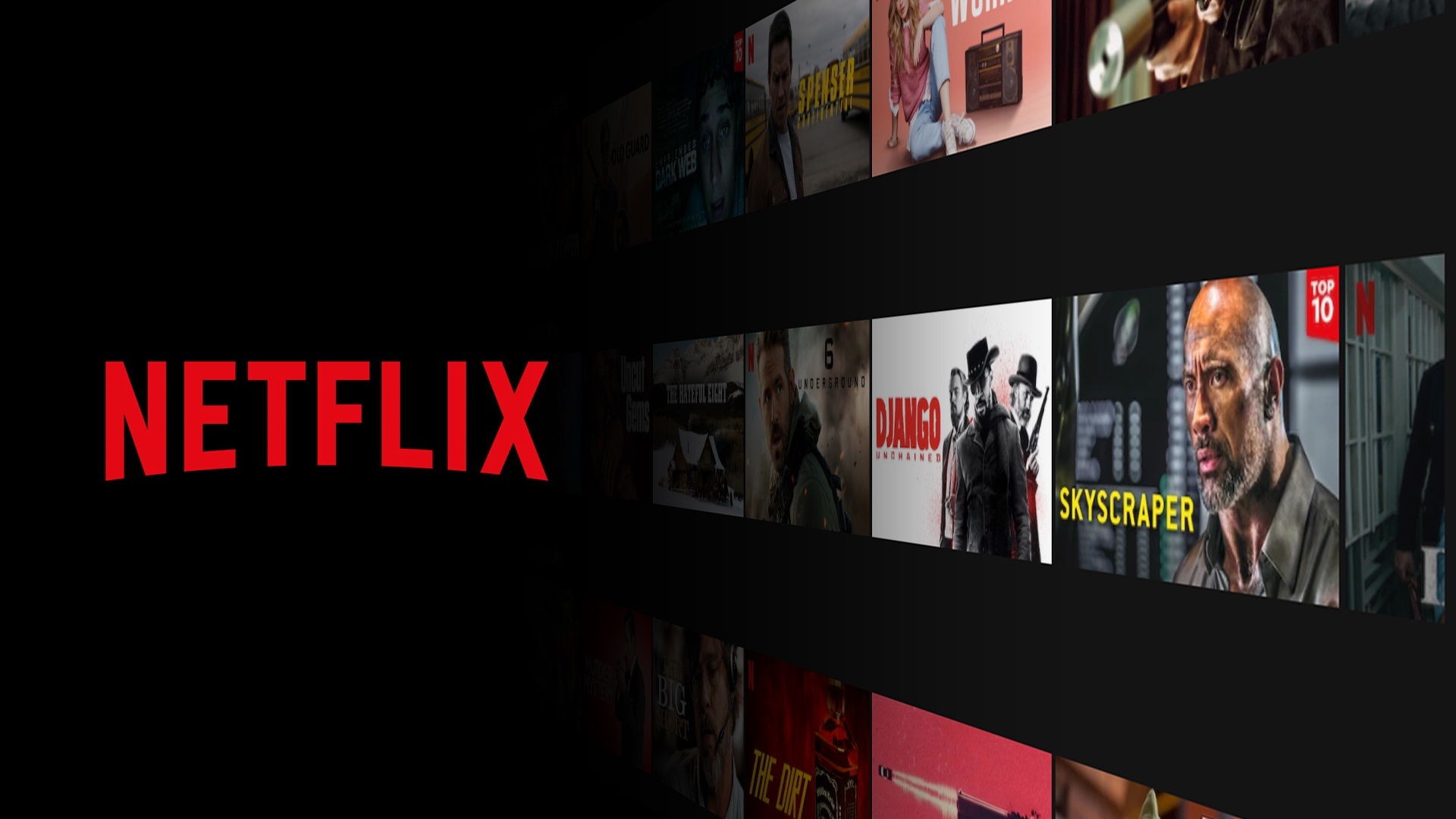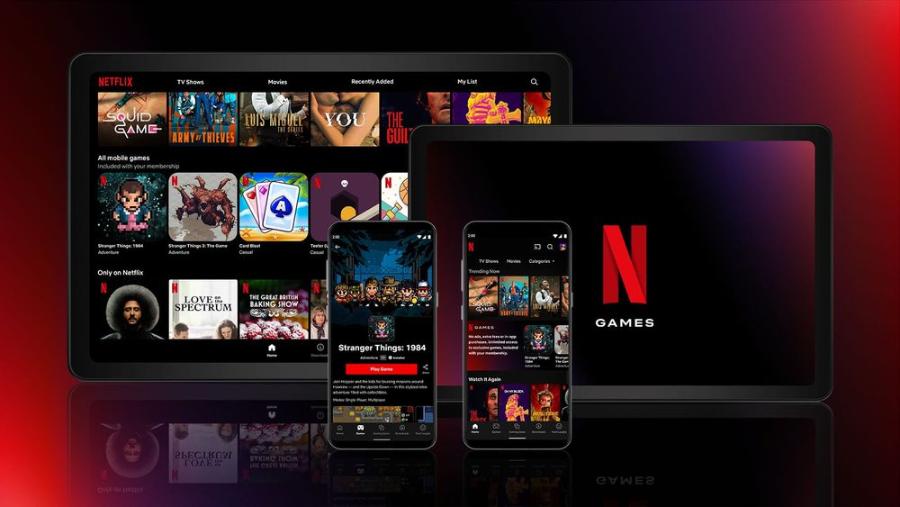Best Selling Products
Basic video editing skills that beginners need to master.
Nội dung
- 1. The importance of learning video editing?
- 1.1. Wide open career opportunities
- 1.2. Develop creativity and technical skills
- 1.3. Create your own content and build your personal brand
- 1.4. Increase the effectiveness and attractiveness of communication
- 1.5. Learn to tell stories and convey emotions
- 1.6. Flexible working time and location
- 1.7. Responding to the development trends of technology and communication
- 1.8. Increased self-confidence and sense of accomplishment
- 2. As a beginner, how should you learn to edit videos effectively?
- 2.1. Start with simple software
- 2.2. Learn through YouTube tutorial videos
- 2.3. Practice basic skills first
- 2.4. Take free and paid online courses
- 2.5. Practice on your own through small projects
- 2.6. Get ideas and learn from professional videos
- 2.7. Experiment with simple effects and techniques
- 2.8. Participate in learning communities and exchange experiences
- 2.9. Maintain regular practice and get feedback
- 2.10. Pay attention to video structure and content
- 3. Basic errors and solutions when editing videos
- 3.1. Audio error out of sync with image content
- 3.2. Video is too bright or too dark
- 3.3. Video is too long or too short
- 3.4. Too strong effects cause eye irritation
Learning video editing not only brings personal benefits but also opens up many career opportunities in the digital age. Let's explore effective ways to learn video creation with SADESIGN.

Learning video editing is one of the trends that young people love today. Because this job brings extremely special benefits in daily life. It helps users satisfy their passion or simply it helps you achieve success in your career. In this article, SADESIGN will guide readers through some basic skills that are useful for learning to edit.

1. The importance of learning video editing?
Making good and attractive videos not only serves your work but also helps you gain unique and practical skills in life. Therefore, learning video editing not only brings personal benefits but also opens up many career opportunities in the digital age. If you love creativity and are interested in storytelling through images, this is a skill worth investing time to learn.
1.1. Wide open career opportunities
- Video is the fastest growing media today, from social media, YouTube, to TV channels and streaming platforms. This leads to a high demand for video editing professionals in many industries such as advertising, media, entertainment, education, and even in traditional businesses.
- Positions such as video editor, motion graphic designer, content creator all require video editing skills, opening up many job opportunities with good income.
1.2. Develop creativity and technical skills
- Video editing requires creativity in arranging images, sounds, and effects to make the story come alive and attractive. This process helps you develop creative thinking skills and learn how to communicate ideas vividly.
- In addition, learning video editing also trains technical skills such as file management, using specialized software, audio editing, and visual effects processing.
1.3. Create your own content and build your personal brand
- Video editing skills allow you to create quality content for yourself or personal projects. You can make your own travel videos, vlogs, or product introduction videos to build your personal brand on platforms like YouTube, Instagram, TikTok.
- In the digital age, personal branding plays a very important role. Knowing how to edit videos helps you create unique content, thereby increasing recognition and attracting followers.
1.4. Increase the effectiveness and attractiveness of communication
- Video is a fast and engaging way to convey information. Knowing how to edit videos helps you create quality, professional videos yourself without outsourcing, saving costs and having better control over the content.
- If you work in marketing, business, or education, video editing skills help you increase persuasiveness and improve the effectiveness of message delivery.
1.5. Learn to tell stories and convey emotions
Video editing is the process of telling a story with images and sounds, and good storytelling makes a video engaging and memorable. Learning how to organize content, choose the right sound, and use effects is how you learn the art of conveying emotions to viewers.
1.6. Flexible working time and location
Knowing how to edit videos opens up freelance opportunities, allowing you to be flexible with where and when you work. Many people have chosen to edit videos as their main or part-time job from anywhere while still having a stable income.

1.7. Responding to the development trends of technology and communication
- Communication by creating interesting and attractive videos is increasingly developing with technology such as VR, AR, and 3D video. Learning video editing helps you adapt to new trends, creating more modern and attractive products.
- Video is also becoming a popular form of communication in everything from training to marketing, making this skill essential and valuable in the long run.
1.8. Increased self-confidence and sense of accomplishment
Creating a great video with your own hands gives you a great sense of pride and accomplishment. Each time you complete a video, you gain confidence and motivation to continue creating and developing your skills.
2. As a beginner, how should you learn to edit videos effectively?
To learn video editing simply and effectively, beginners can follow these steps to gradually get acquainted with the basic skills, software, and editing techniques. Below are easy-to-understand and suitable video editing learning methods for beginners:
2.1. Start with simple software
- Choose easy-to-use software like iMovie, Filmora, or VN Video Editor for beginners. These software have friendly interfaces, easy to manipulate with drag-and-drop tools.
- If you want to learn more professional software later, you can start with Adobe Premiere Pro or DaVinci Resolve. These are popular tools in the industry and offer many powerful features.
2.2. Learn through YouTube tutorial videos
- YouTube has tons of tutorials on everything from basic to advanced video editing. Look for videos with titles like “Video Editing Basics” or “Beginner's Guide to Video Editing” to learn the basics.
- Popular video editing tutorial channels like Peter McKinnon, Filmora, Premiere Gal, or Justin Odisho have tons of great tips and techniques for beginners.
2.3. Practice basic skills first
- Cutting and merging videos: This is the first skill you should master, helping to remove unnecessary segments and arrange the footage as desired.
- Add text and effects: Try adding intros, titles, or descriptions to your videos to understand how to use the text tools and transition effects.
- Add music and sound: Knowing how to incorporate background music and sound effects is an important part of creating emotion for your video. Find free music sources like the YouTube Audio Library or websites like Free Music Archive, Bensound.
- Basic color correction: Learn basic brightness, contrast, and color balance tools to make your videos look better and have more color consistency.

2.4. Take free and paid online courses
There are many online courses that help you master everything from basic to advanced, such as:
- Skillshare: Has courses for every level of video editing.
- Udemy: Affordable courses on Adobe Premiere Pro, DaVinci Resolve, and After Effects.
- Coursera and LinkedIn Learning: Offer courses from experts, with hands-on exercises and certificates.
- These courses often have a specific structure, helping you learn step by step without getting confused.
2.5. Practice on your own through small projects
- Practice by creating short videos like vlogs, travel highlights, or review videos. Small projects help you apply the skills you've learned and gain experience after each implementation.
- You can also remake short videos or intros that you see on YouTube, Instagram, TikTok to practice.
2.6. Get ideas and learn from professional videos
- Watch beautifully edited videos, especially vlogs, short films, and commercials to learn how to create scenes, transitions, and use creative effects.
- Ideas can come from YouTube, Vimeo, or sites like Behance, which features high-quality video editing projects from professionals.
2.7. Experiment with simple effects and techniques
- Once you're comfortable with the basics, try adding transitions, slow-motion effects, speed ramping, and color filters to liven up your videos.
- You can also find free presets for your software to add to your videos and understand how these effects work.
2.8. Participate in learning communities and exchange experiences
Join Facebook groups, Reddit or Forums related to video editing to share experiences and learn from other members. Communities like video editing on Reddit, or Facebook groups about Adobe Premiere, DaVinci Resolve are very useful.
2.9. Maintain regular practice and get feedback
Actively practice new techniques, do different projects to enrich your skills. Share your products to get feedback from friends or the community to learn from your experience.
2.10. Pay attention to video structure and content
- Clear structure: A good video not only needs beautiful image and sound editing, but also needs to have a clear, easy-to-follow structure. Create a script, a story, or at least a logical structure before you start editing.
- Create connections between scenes: The video will be smoother if the scenes are logically connected and create a complete story. Pay attention to creating connections between scenes so that the video is not interrupted or lacks logic.
3. Basic errors and solutions when editing videos
Video editing is an important skill in the process of creating quality visual products, but it is not always smooth. Even experienced video editors sometimes encounter common mistakes. However, instead of getting discouraged, you should: Identify and understand how to fix these mistakes to improve your video editing skills quickly. Below are common mistakes and solutions to help you master the video editing process.

3.1. Audio error out of sync with image content
One of the most common mistakes in video editing is that the sound does not match the image, making the viewer feel uncomfortable. Sometimes, the sound is delayed or faster than the image, making the video lose its smoothness.
How to fix:
- Check and re-sync audio: Make sure the audio is dragged to the correct position in the timeline. If necessary, you can use the editing tools to lengthen or shorten the audio clips to match the image.
- Use sync tools: Some video editing software like Adobe Premiere Pro has the feature to automatically synchronize audio and images, helping you save time on manual editing.
3.2. Video is too bright or too dark
Lighting is an important factor in determining the quality of a video. If the video is too dark or too bright, viewers will have difficulty following the content.
How to fix:
- Adjust brightness and contrast: Most video editing software has lighting editing tools. Try adjusting brightness, contrast or using presets to make the video clearer.
- Use color filters: Color filters can help rebalance the color and light in your video, creating smoother and more professional lighting effects.
3.3. Video is too long or too short
A video that is too long will distract viewers and bore them. Conversely, a video that is too short may not have enough information to convey the message.
How to fix:
- Trim and organize: When editing, cut out unnecessary parts of the video and keep only the most important parts. Also, consider adding intros or outros to create a complete video.
- Plan before editing: Determine the timing and purpose of the video from the beginning. This will help you trim the video appropriately without losing the essence and message.
3.4. Too strong effects cause eye irritation
While animations and visual effects can add some life to a video, too many of them can make it look cluttered and difficult to watch.
How to fix:
- Use effects sparingly: Remember that simplicity is the key to making your videos look professional. Use effects only when absolutely necessary and without detracting from the aesthetics of the video.
- Choose the right effects: Choose simple and easy-to-see effects, such as gentle transitions. Instead of using complex effects or too many movements.
Summary:
Learning video editing will be simpler when you know how to divide it into steps and focus on basic skills. Starting with easy-to-use software, learning through video tutorials, and practicing persistently is the most effective way to get familiar with the editing process. Please share if you find the knowledge shared in the article useful. Don't forget to follow SADESIGN 's Blog and Fanpage to update interesting and useful information.
@old












































